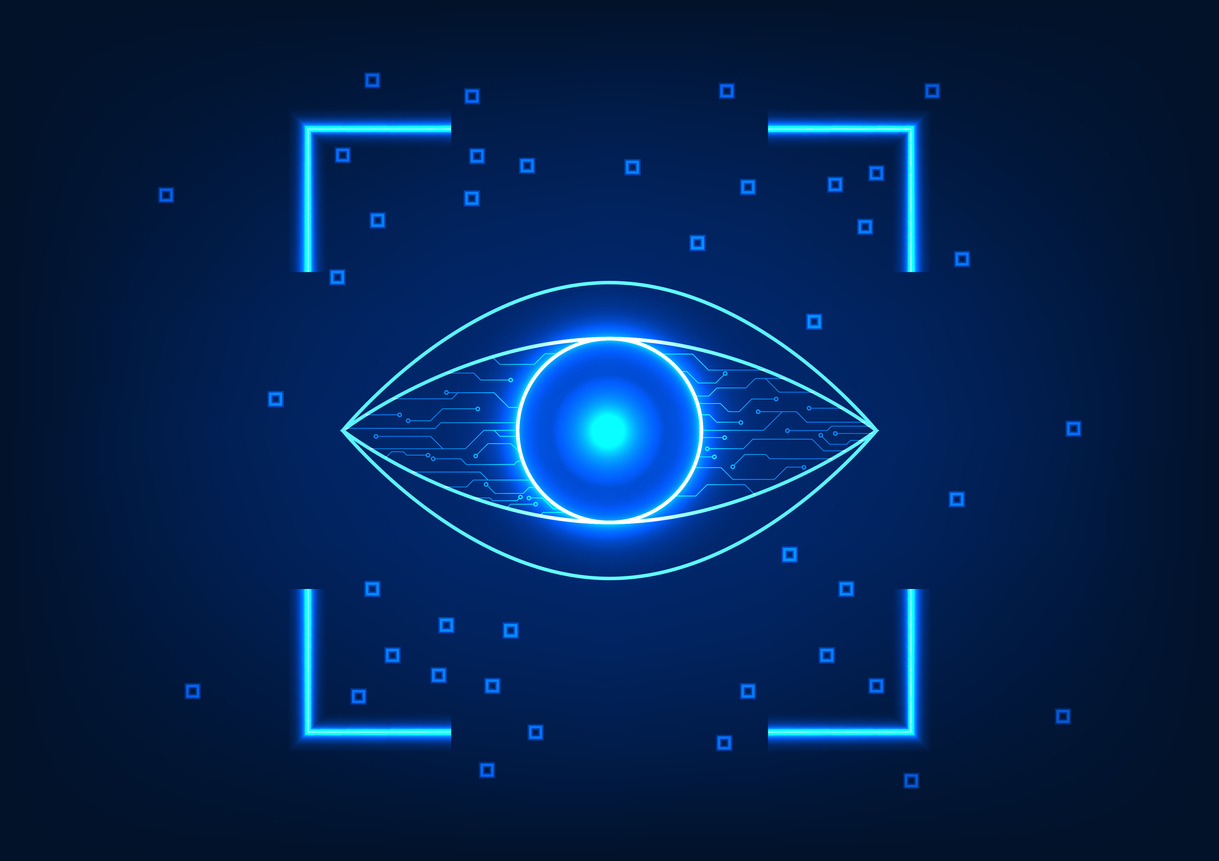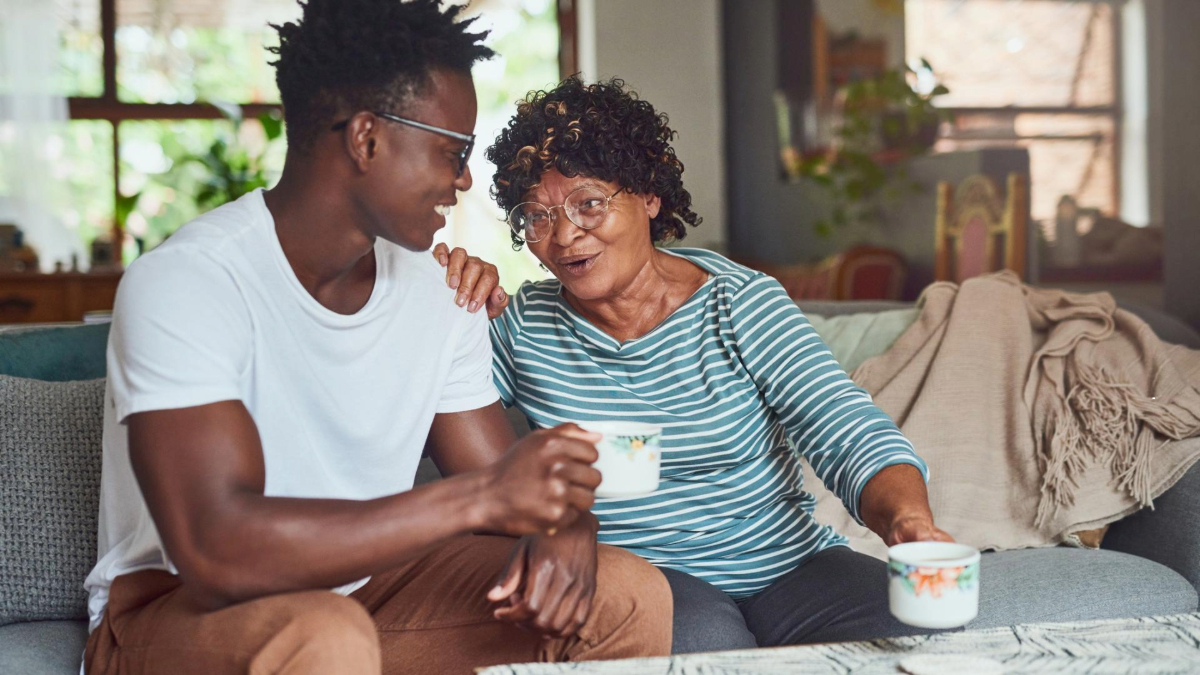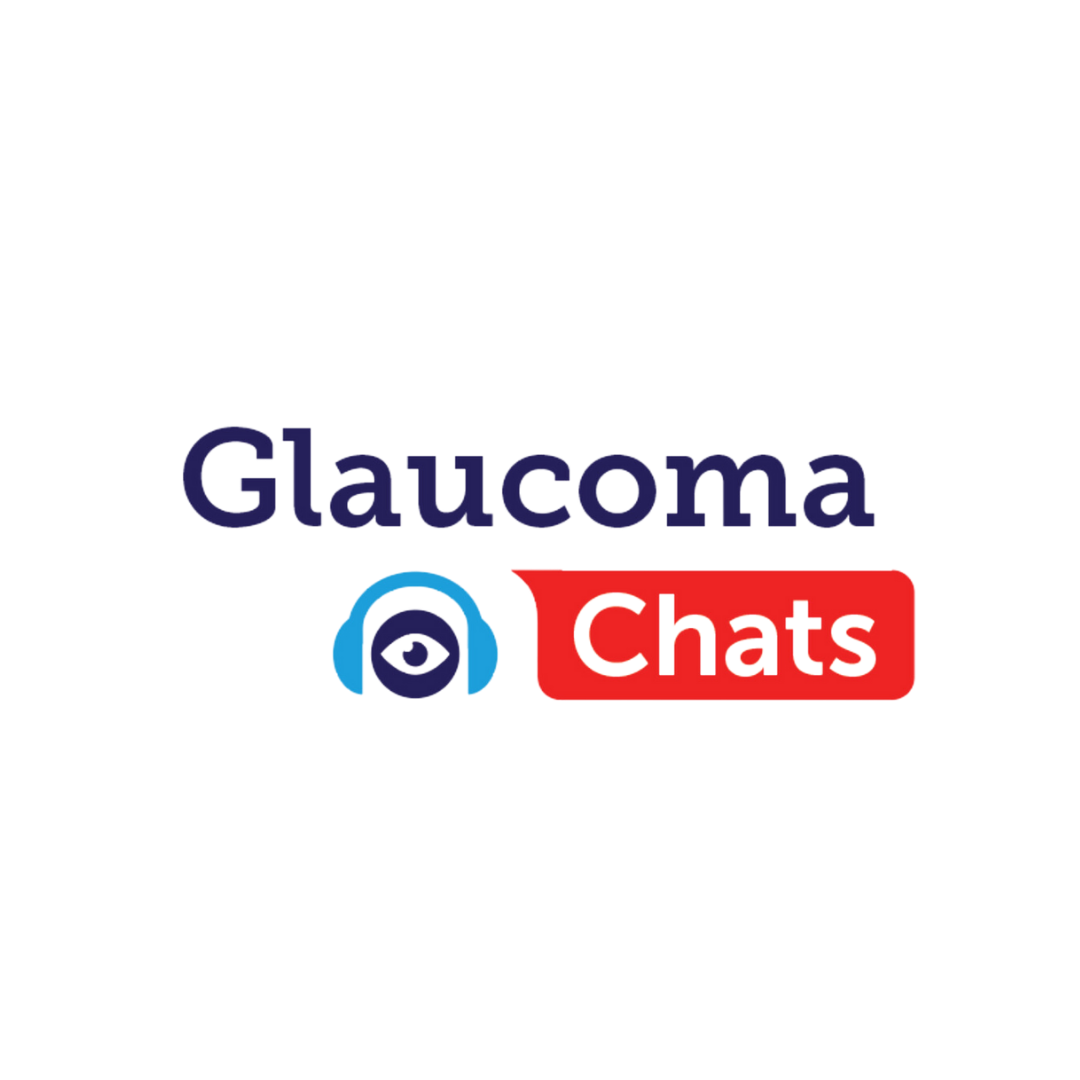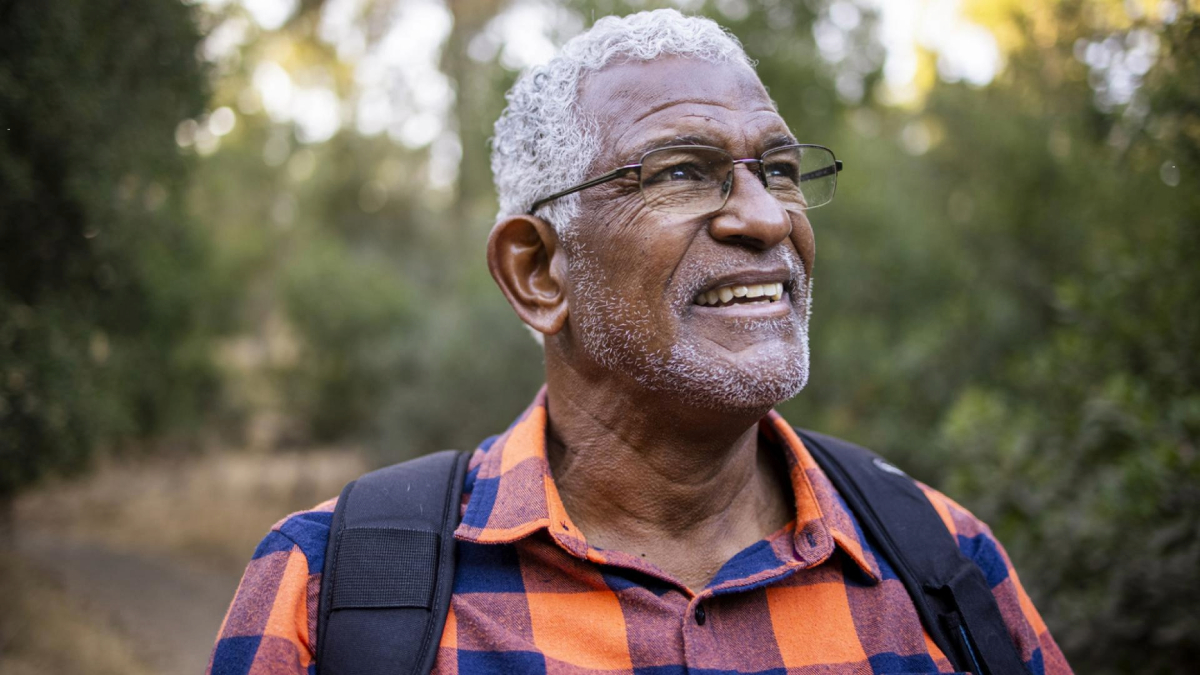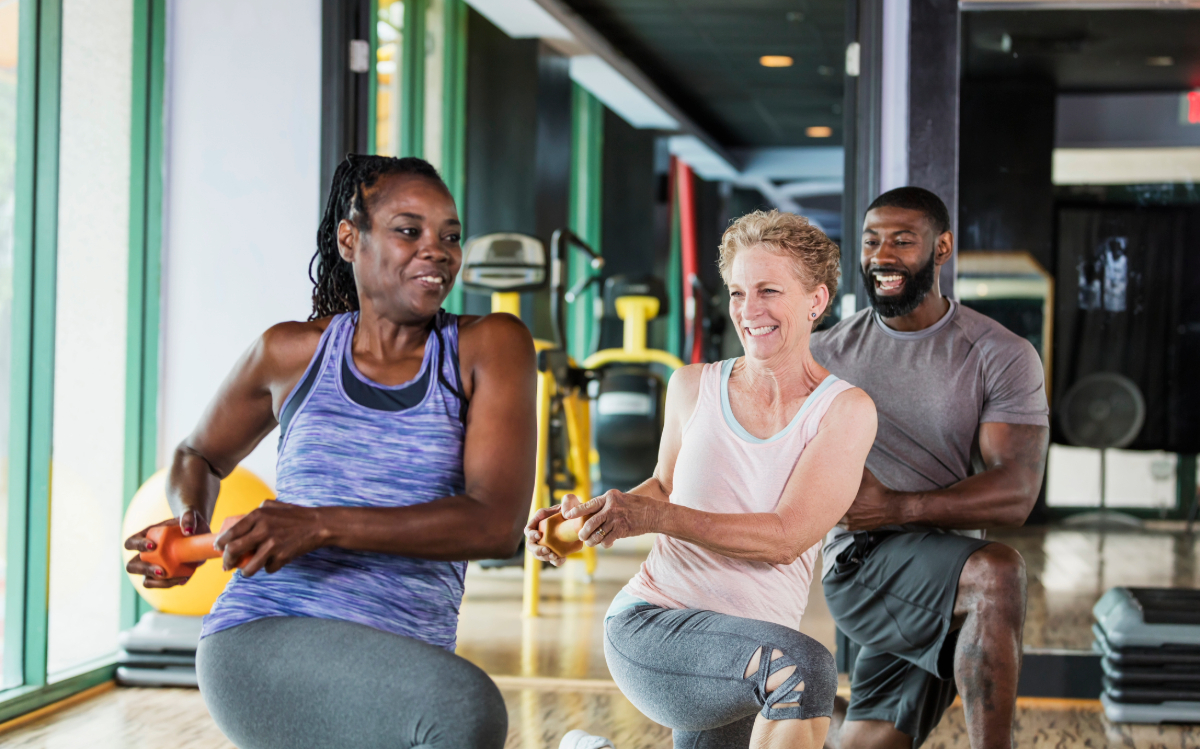
When it comes to physical activity, there are a wealth of opportunities and resources available for people with low vision. These range from simple exercise, to recreational sports, and even competition.
Check In with Your Doctors
Before starting an exercise routine or intensifying your current activity level, it is important to have a discussion with your physicians, since some forms of intense exercise (straining, pulling, heavy lifting, inverted head positions such as in yoga) can affect medical and eye conditions.
General Fitness
There are many adaptations that can be made for those interested in working out at a gym or health club, for example. A fitness instructor or personal trainer can help create an appropriate exercise program.
Inquire about the availability of treadmills fitted with handrails, stationary bikes with tactile markers, high contrast tape to help locate the on/off switch, and ringing or vibrating timers worn around the neck or in the pocket to keep track of time.
Rope, high contrast tape, or other tactile guides can be used to mark off the perimeter of equipment or lead a user from one piece of equipment to the next when using a circuit of free weights or weight machines
Many gym exercises can be performed at home using only body weight or a set of hand weights. Initially, have a friend or family member provide observation when you perform exercises at home to ensure proper form.
Jumping Rope
Another exercise that can be accomplished with minimal equipment is jumping rope, which improves agility, balance, cardiovascular fitness, and endurance. It can be low impact or high impact, with or without music. The American Printing House for the Blind has a “Jump Rope to Fitness Kit” which has instructions with goals and a shock absorption mat that defines a safe space to jump.
Running
Running is a popular sport that typically only requires a pair of running shoes. For those with low vision, however, a few adaptations are needed for safety. A guidewire system can be set up in a gym, track, yard, or field and allows individuals the ability to run with an efficient gait and almost a full arm swing.
For those runners who want to run farther afield, a sighted guide is most helpful. The sighted guide is trained on communication techniques for guiding those with low vision across different terrains. A variation of this type of guide is a caller, who uses voice, verbal instruction, or sound to direct the runner. Another option is running on a track with high contrast (bright lines on a dark track), which ideally is done with a partner or in a group setting. Finally, treadmill running as discussed above is an option that perhaps permits the most independence.
Bicycling
Bicycling is an enjoyable sport and easier on the knees than running. Just as with running, there are several adaptations and options. In tandem bicycling, the sighted individual sits in front and steers, pedals, and stops, while the visually impaired individual sits in back and pedals. Of course, it is important to develop communication methods with a guide rider so that turning and stopping, for example, are seamless. Another option is the duo bike, which allows riders to sit side by side and thus is more conducive for communication. Finally, stationary bikes, which are discussed above, foster the most independence. A regular bicycle can also be turned into a stationary bike using a bicycle stand.
Swimming
Of course, swimming is an excellent low impact full body workout, and can be adapted for the visually impaired. Beginning swimmers or more experienced swimmers doing drills can use kickboards, which have the advantage of hitting the side of the pool before the swimmer’s head. One of the main issues for more experienced lap swimmers is knowing where the wall is so they can slow down to turn. There are several adaptations that can help, including a friend or coach tapping the shoulder of the swimmer using a kickboard or other device (such as a swimming noodle). A swimmer can also count the number of strokes it takes to swim the length of the pool. Well-marked lanes with ropes and buoys help the swimmer stay in the appropriate lane.
Team Sports
Many sports that utilize a ball can be adapted by using balls that emit a sound, such as a beeping ball or a ball with bells. For example, soccer, kickball, volleyball, bowling etc. can all be adapted with the use of a sound-emitting ball, a high contrast ball, sound sources to localize bases, and bright pylons to delineate goals. One team sport, called goalball, has been specifically developed for the visually impaired. It involves two teams of three athletes, a sound-emitting ball, and two goals. The game can be played recreationally or competitively at the Paralympic games.
United States Association of Blind Athletes
The United States Association of Blind Athletes (USABA) is an important resource for any visually impaired individual interested in sports, both recreationally and competitively. The USABA is a member of the U.S. Olympic Committee, and provides opportunities (although not limited to) in track and field, skiing, biathlon, judo, wrestling, swimming, tandem cycling, powerlifting, and goalball.
Summary
In conclusion, sports can be adapted so that the visually impaired can enjoy them, and compete at a high level if they wish to do so. Here we have reviewed some of the more common sports and fitness activities and their adaptations, but I encourage those who are interested to contact organizations and communities for the visually impaired so that local resources can be identified and the full range of options be made available.
About BrightFocus Foundation
BrightFocus Foundation is a premier global nonprofit funder of research to defeat Alzheimer’s, macular degeneration, and glaucoma. Through its flagship research programs — Alzheimer’s Disease Research, Macular Degeneration Research, and National Glaucoma Research— the Foundation has awarded nearly $300 million in groundbreaking research funding over the past 51 years and shares the latest research findings, expert information, and resources to empower the millions impacted by these devastating diseases. Learn more at brightfocus.org.
Disclaimer: The information provided here is a public service of BrightFocus Foundation and is not intended to constitute medical advice. Please consult your physician for personalized medical, dietary, and/or exercise advice. Any medications or supplements should only be taken under medical supervision. BrightFocus Foundation does not endorse any medical products or therapies.
- Exercise
- Lifestyle




